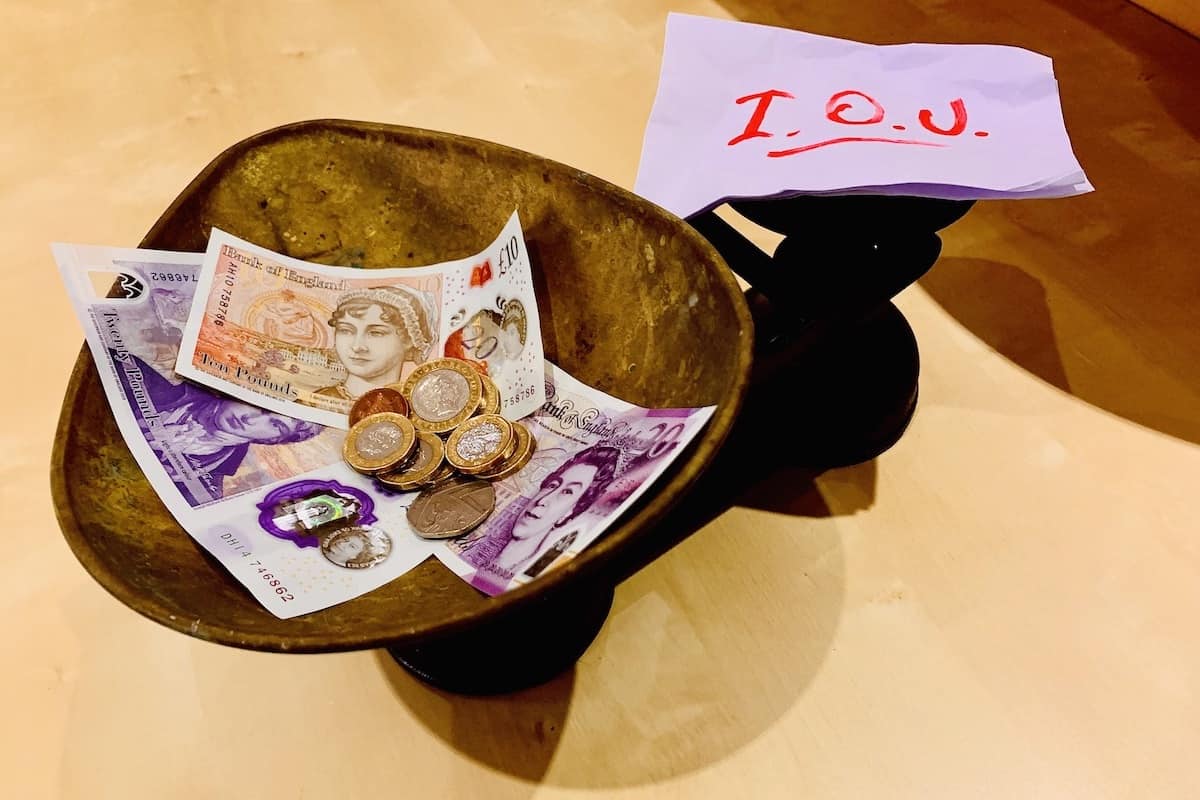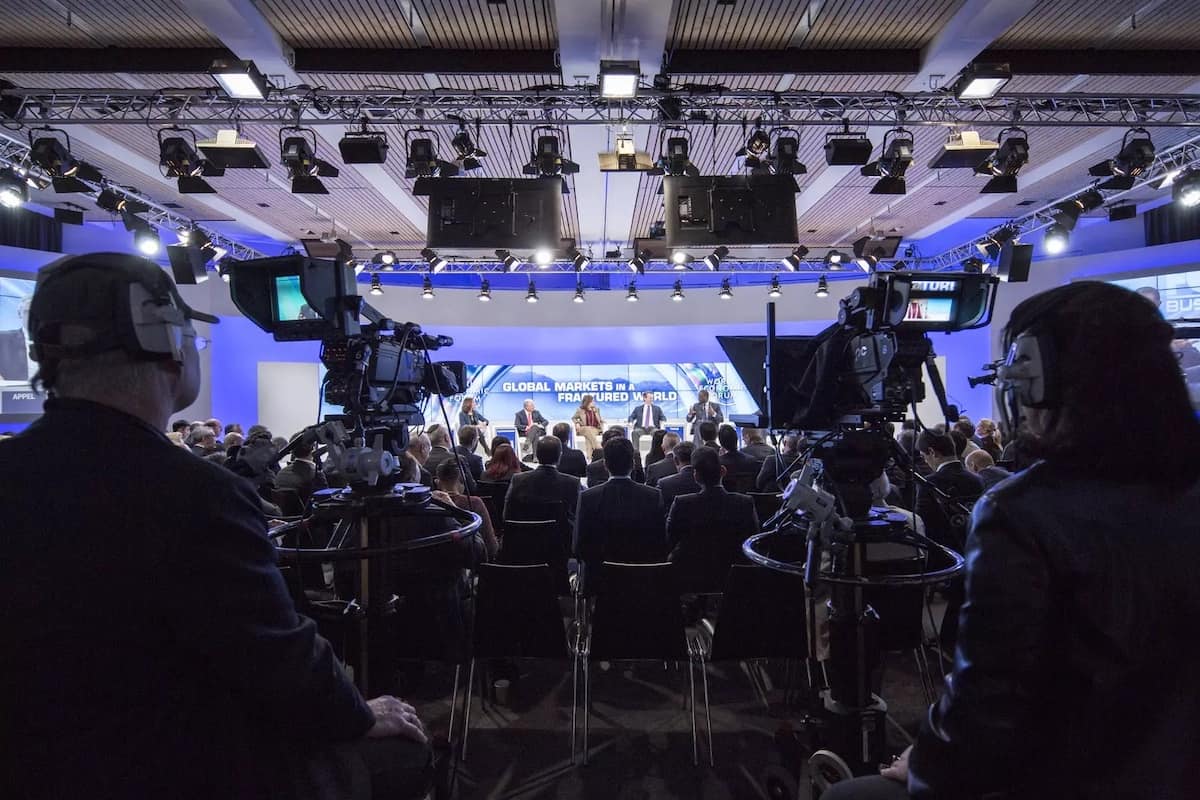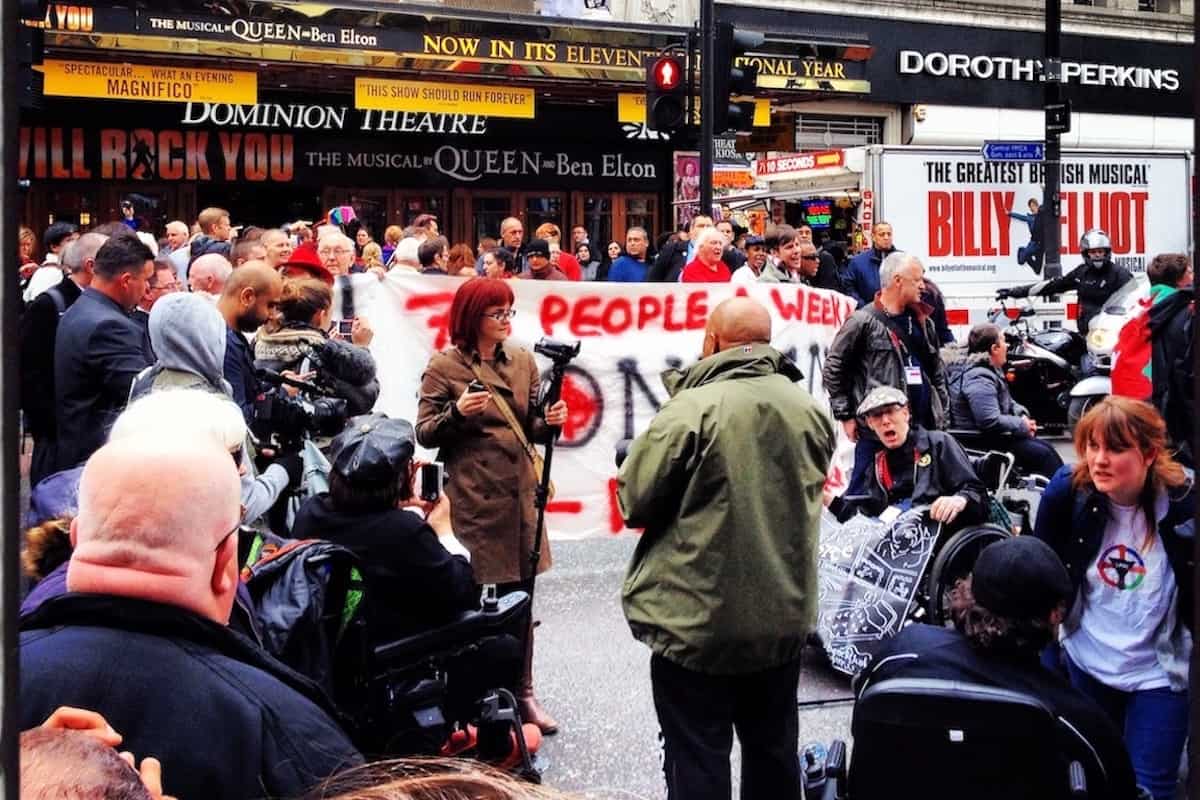Dump Linear Language for a Circular Economy
Last Tuesday evening, I experienced one of those minor green-geek moments that trips off a train of thought…
The trigger was rubbish, literally. Walking the dog in the dark and drizzle, I got a small feelgood buzz seeing how many households had made the effort post-festivities to put out their waste for recycling. The detritus of seasonal gift-giving and boozy excess sat neatly piled, boxed and binned, sorted and separated, ready for kerbside collection the next morning.
OK, it was a pretty domesticated demographic along the lanes in leafy Lancashire, but all the same I was handing out virtual high-fives all round for susty awareness and behaviour change.
The kicker came, however, when my mind moved on to thinking more about what this means for the Circular Economy (CE).
The fact is, UK recycling rates had already plateaued and were barely crawling towards the original EU target of 50% by 2020, when the new Circular Economy Package from the European Commission raised the longer-term bar still higher, demanding 65% by 2030. Moreover, recycling really represents only one chapter in an epic circular story.
Selling the CE concept at present reminds me a lot of pitching for sustainability at the turn of the Millennium – your efforts meet with lots of interest and good intentions, but much less activity and action. The challenge for communicators and would-be influencers is that although our aspirations might be circular, for the most part we still think and talk linear, or in terms of curves and arcs, at best. In general, the words we use betray us.
For example, in professional parlance we discuss concepts such as ‘end-of-life’ and the need for designers to ‘begin with the end in mind’. Now whilst both are important ideas and have their place, the language remains essentially linear. We are still talking beginning and end. And, if we don’t say it, we can’t see it.
As a result, we have something of a collective blindspot when it comes to what actually happens between the ‘end’ and the ‘beginning’.
What goes on after we bin and before we buy?
Businesses might create recyclable products and dispose of them responsibly, plus pay attention to specifying and sourcing recycled in purchasing and procurement, but I doubt many truly make the connective loop, either intellectually or commercially.
It is complicated. Links in the circular chain seem myriad; as cog cycles over cog and wheel whirls within wheel. So, expectations of widespread systemic insight are way too big an ask. It would be wildly unrealistic to imagine significant numbers of people – even waste-industry professionals, never mind bin-day amateurs at Number 23, Acacia Avenue – being able to tell the cradle-to-cradle tale of every material and product.
Happily, ambitions of generating global CE savings revenue of $1tr by 2025, or delivering maybe 205,000 jobs in the UK alone by 2030, do not depend on freak universal spikes in encyclopaedic technical knowledge; at least not right now.
What we want at this early stage in the transition to a circular economy is merely a subtle mindset shift. A little uplift in understanding is all the call; some vague sense of a shared vision. And, in order to start ‘seeing circles’, I believe it would help to hear more tales from the backend of the CE machine.
What we need are stories from the dark side of the moon.
***
‘Sustainability: Say the Words!’ is a series of aphoristic ‘thoughts and shorts’ appearing regularly throughout 2016 – feedback welcome via Email, or Twitter: @SustMeme.
.







